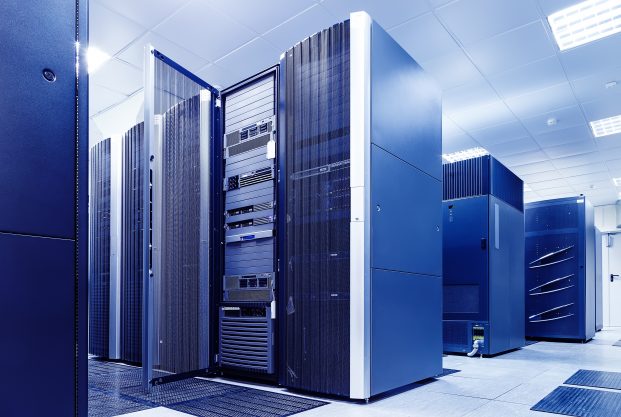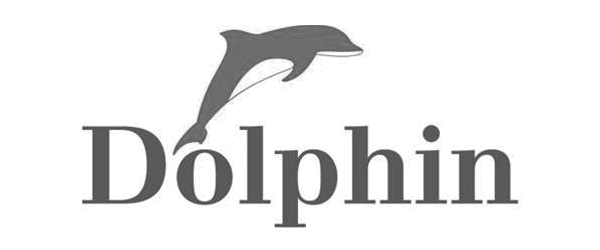SIRIUS General Assembly 2023 (the last GA) and Closing ceremony will be held on 28-29 August 2023
The last SIRIUS General Assembly will be held at Thon Hotel Snø, Snølia 20, 1470, Lørenskog, on 28th and 29th August 2023. Please contact Adnan Latif ...








































